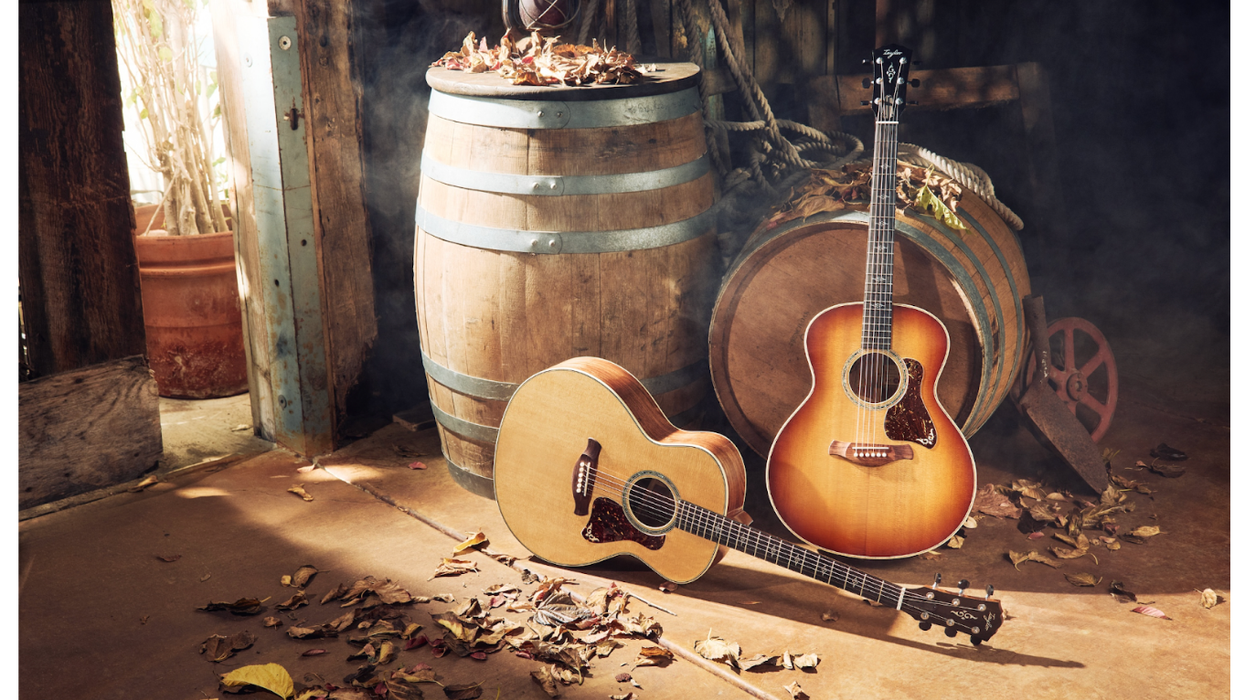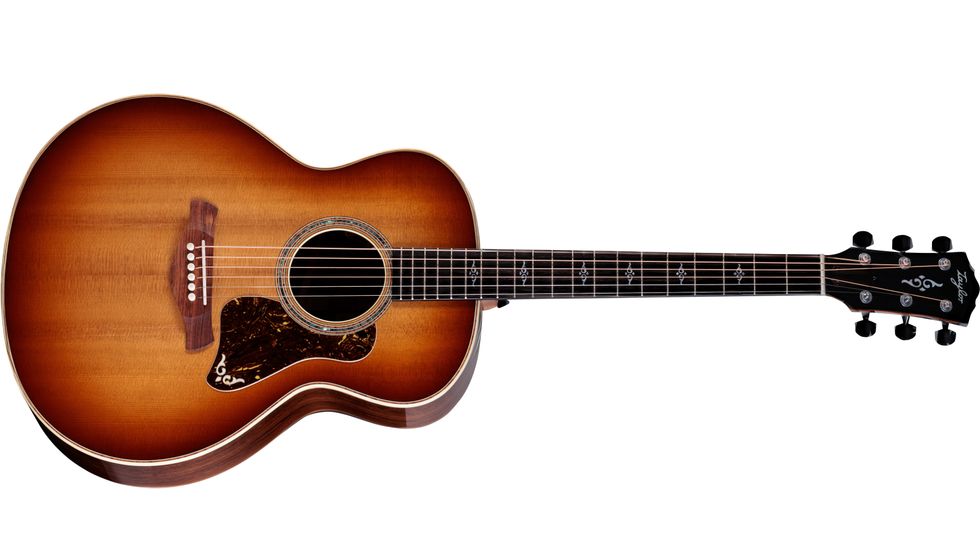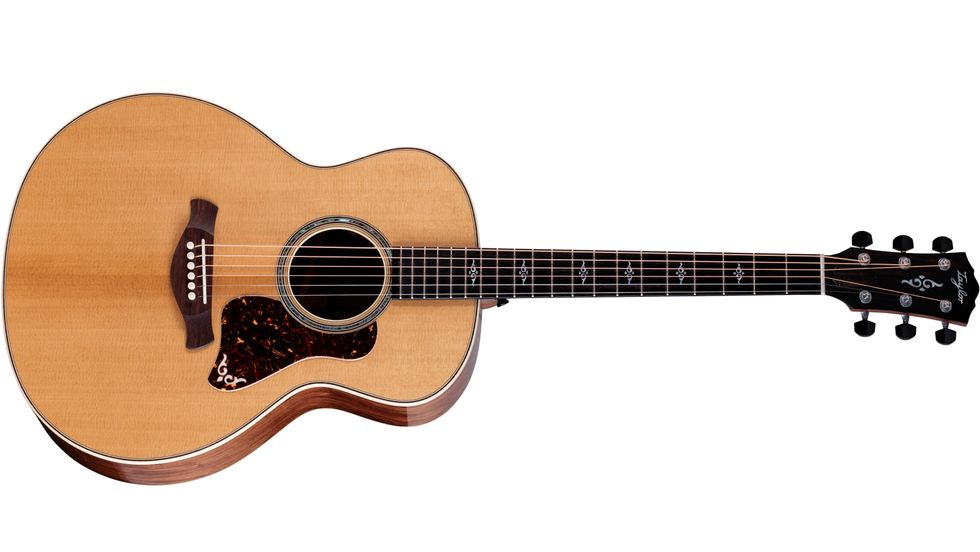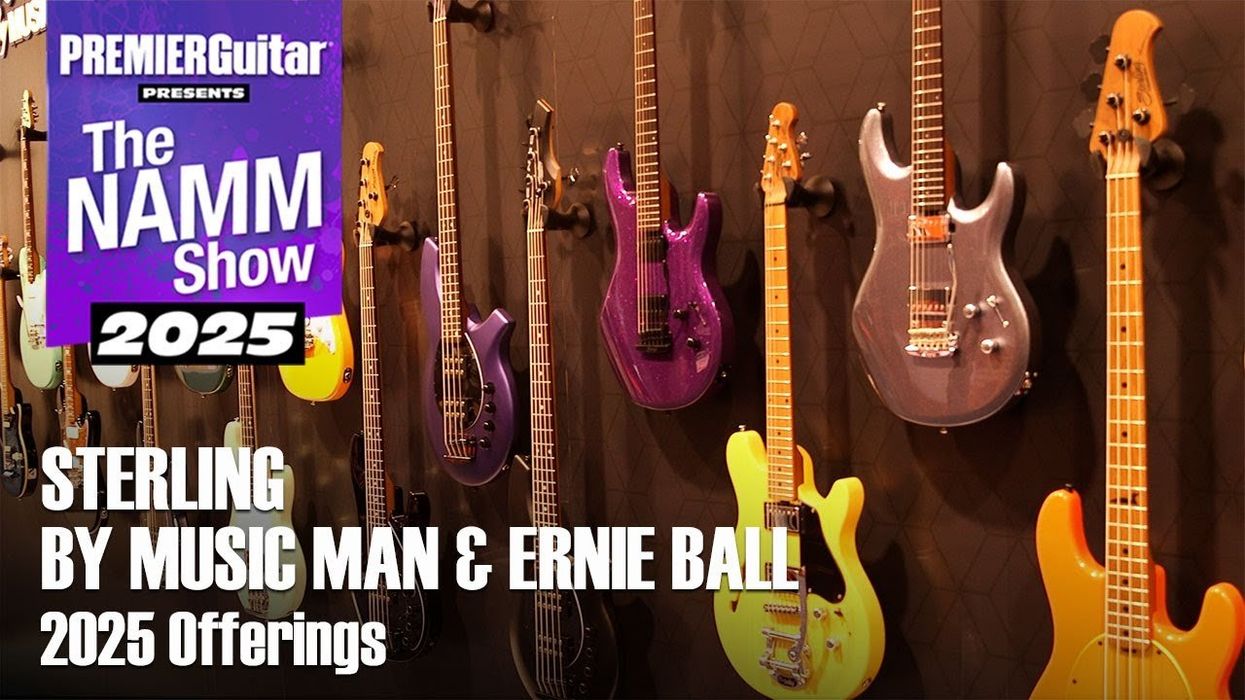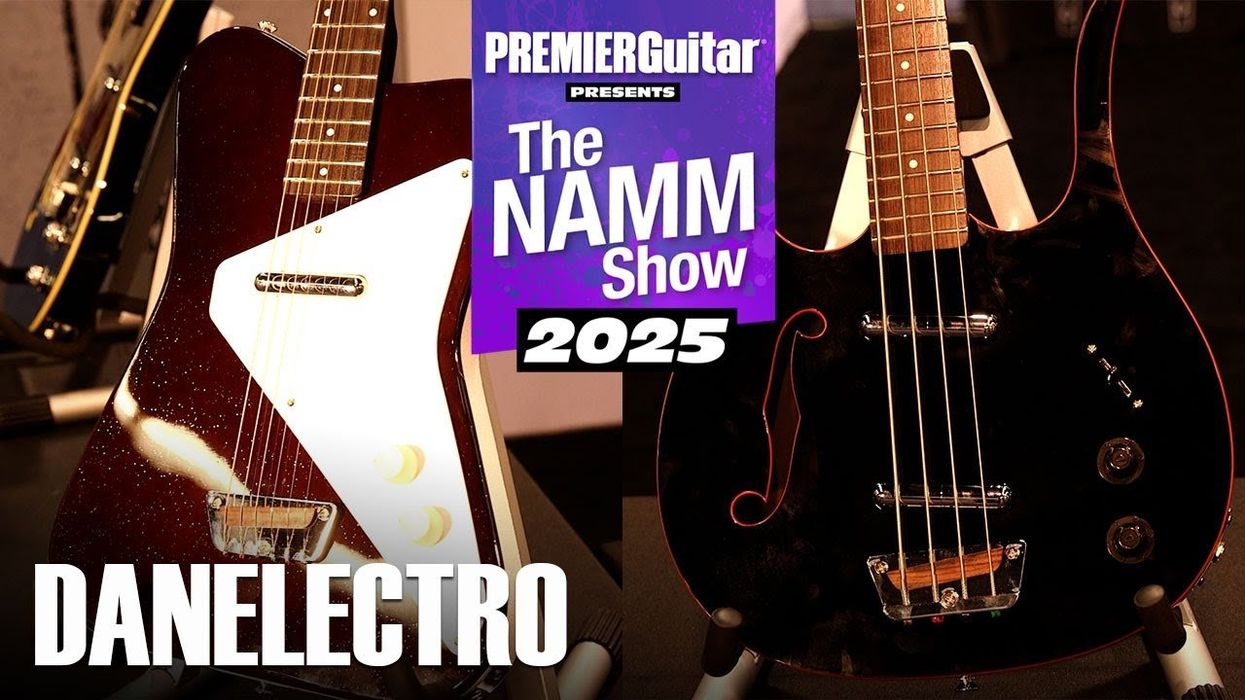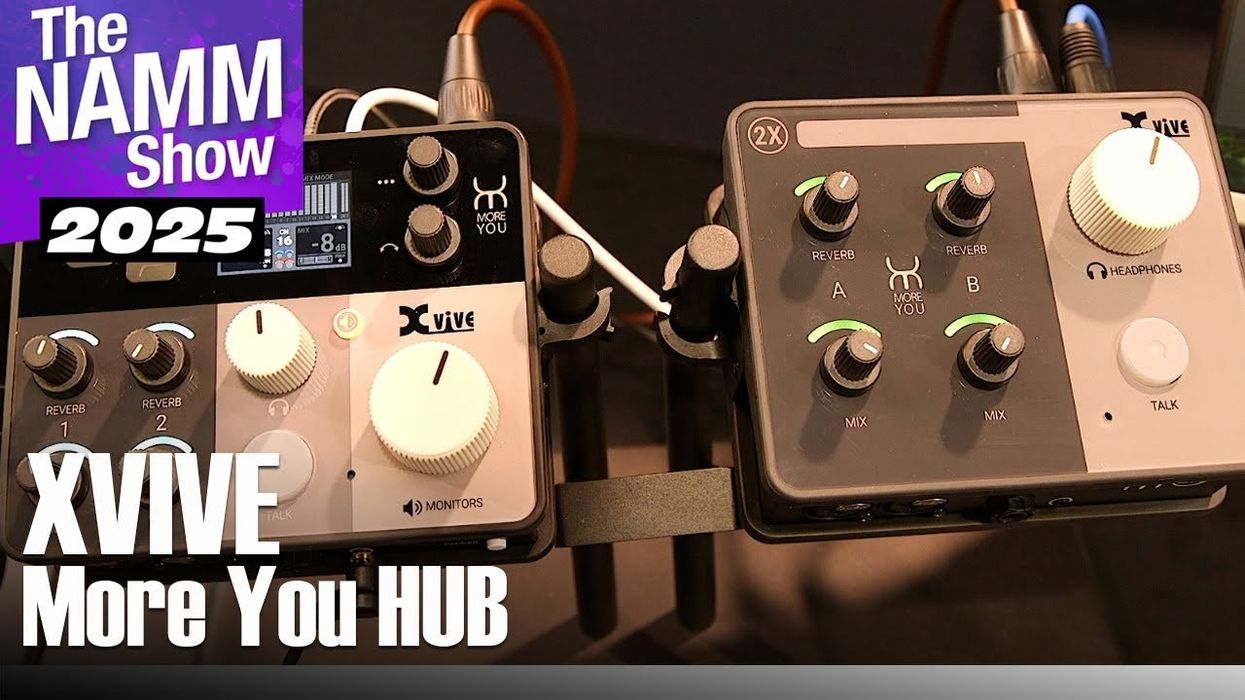The Winter NAMM show is supposed to be an industry-only event that’s closed to the public. But when it comes to the actual attendees, there seems to be a generous definition to the phrase “industry-only.” They come in packs and tribes and oftentimes they dress up so that fellow tribe members will know them. The metal heads are well represented, as are the hipsters, the hippies, and the just plain hip. They arrive, show off, and bond. They also seem to laugh a lot. Here they are!
Search
Latest Stories
Start your day right!
Get latest updates and insights delivered to your inbox.
Premier Guitar features affiliate links to help support our content. We may earn a commission on any affiliated purchases.
The Latest
More for you
Most Popular
Don’t Miss Out
Get the latest updates and insights delivered to your inbox.

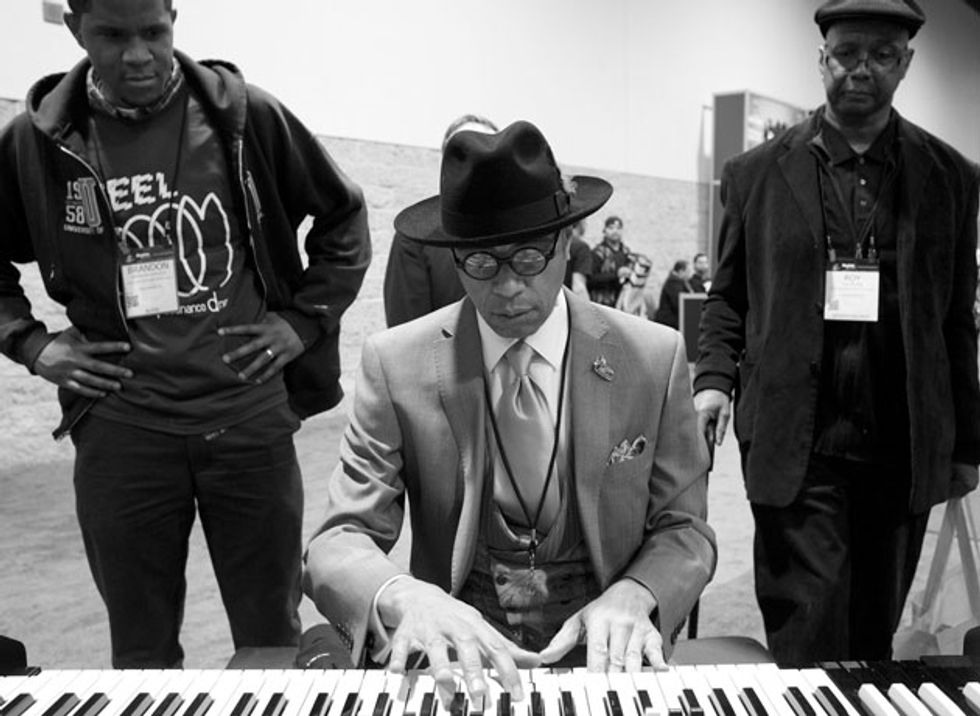



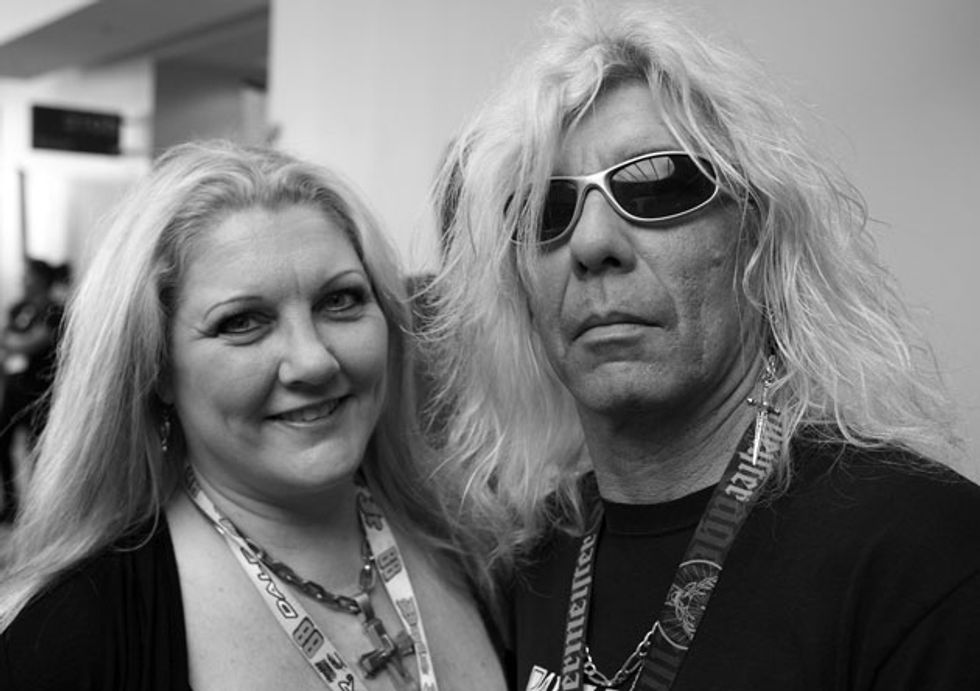




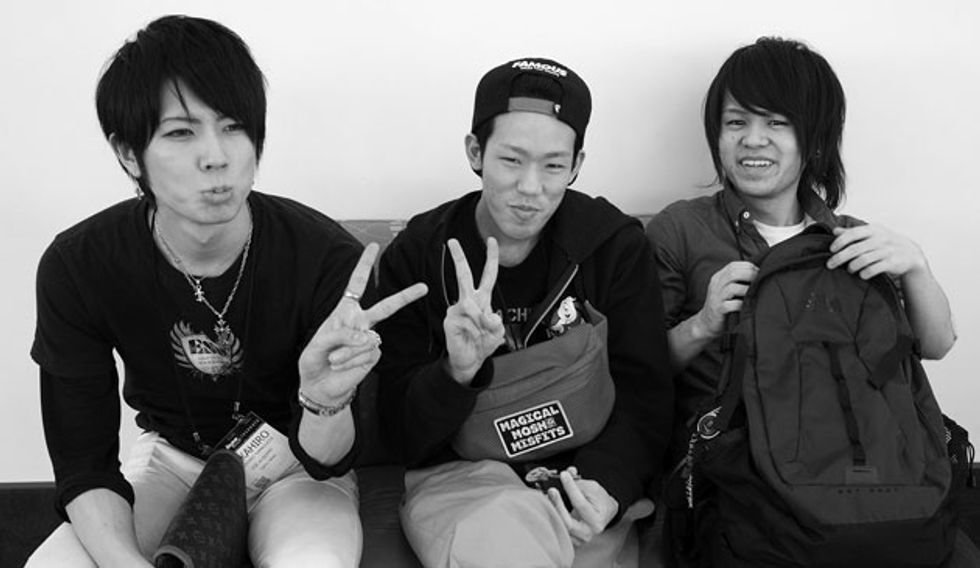



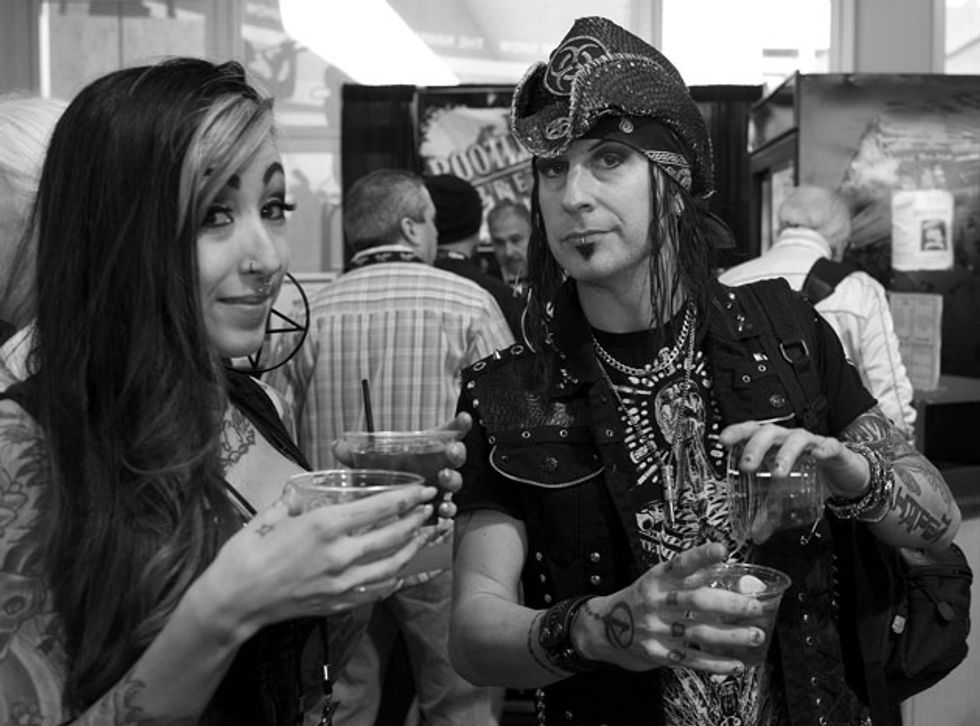
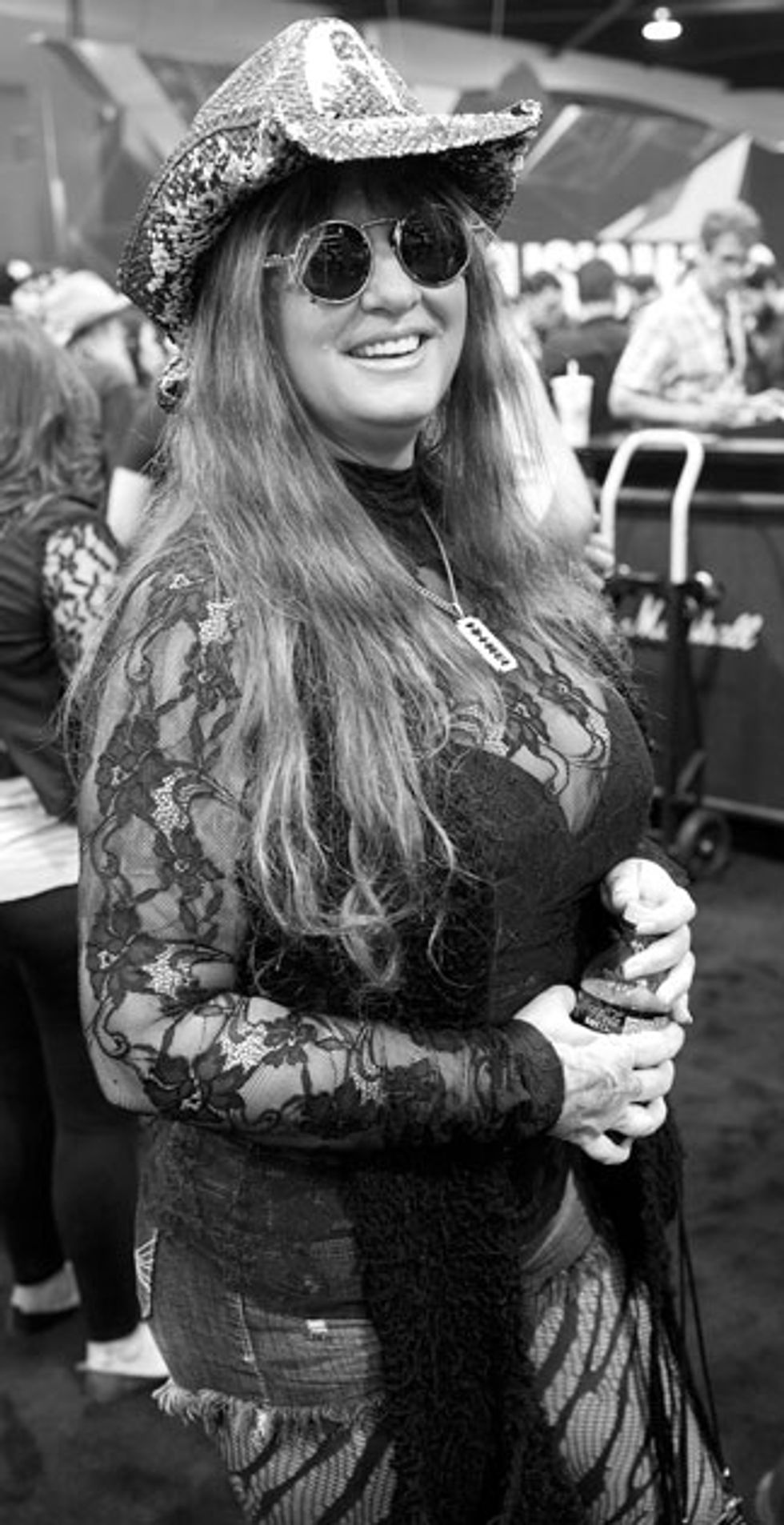







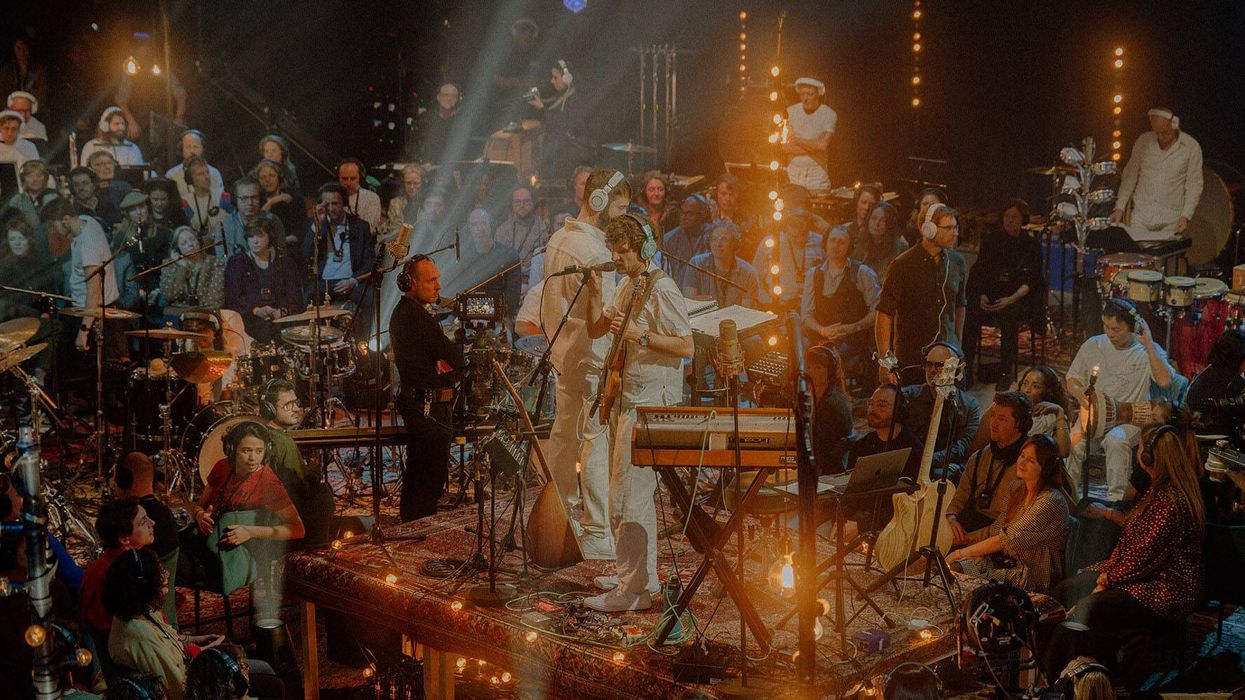
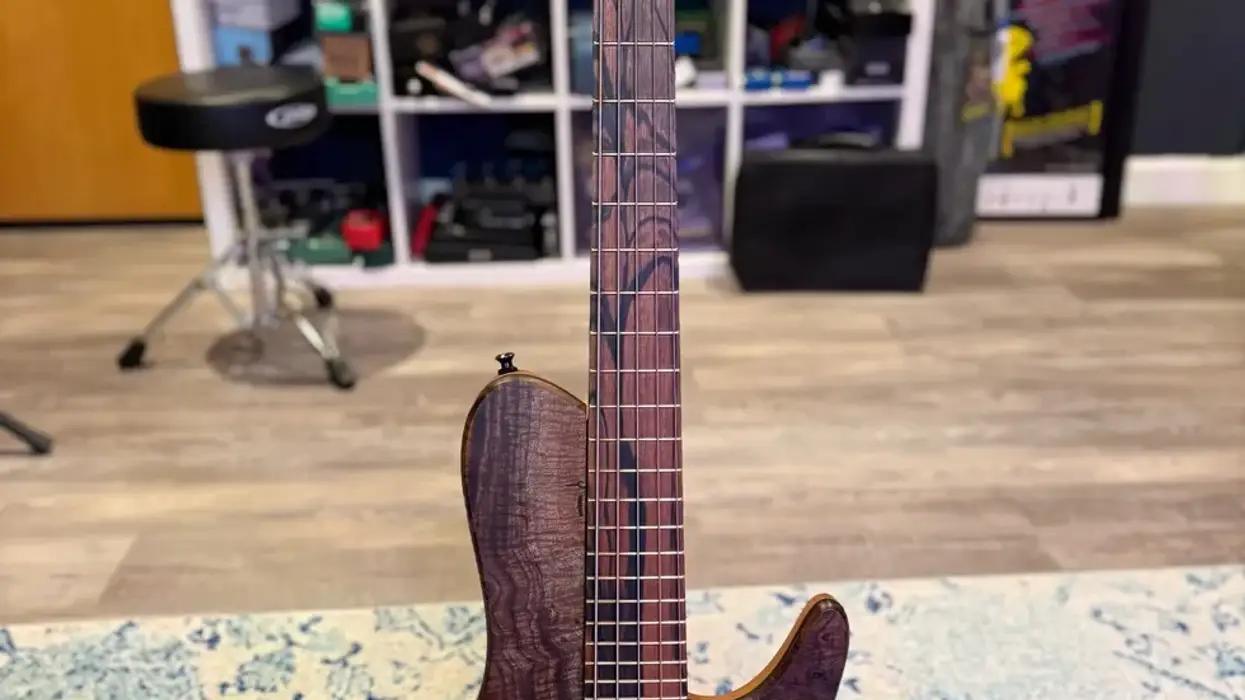




![Devon Eisenbarger [Katy Perry] Rig Rundown](https://www.premierguitar.com/media-library/youtube.jpg?id=61774583&width=1245&height=700&quality=70&coordinates=0%2C0%2C0%2C0)

